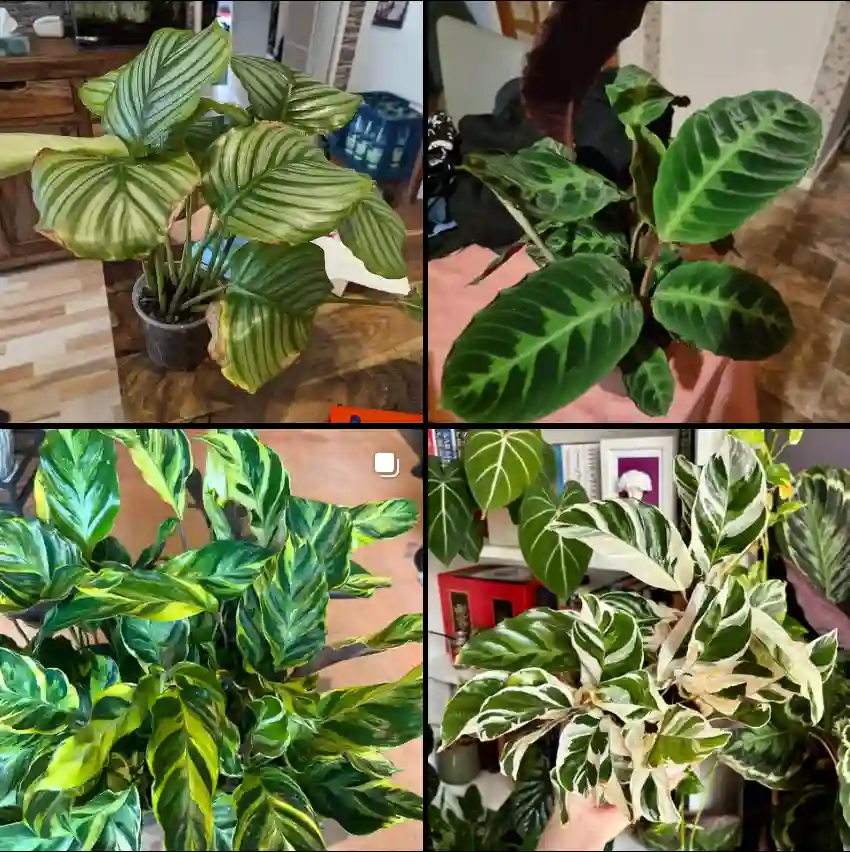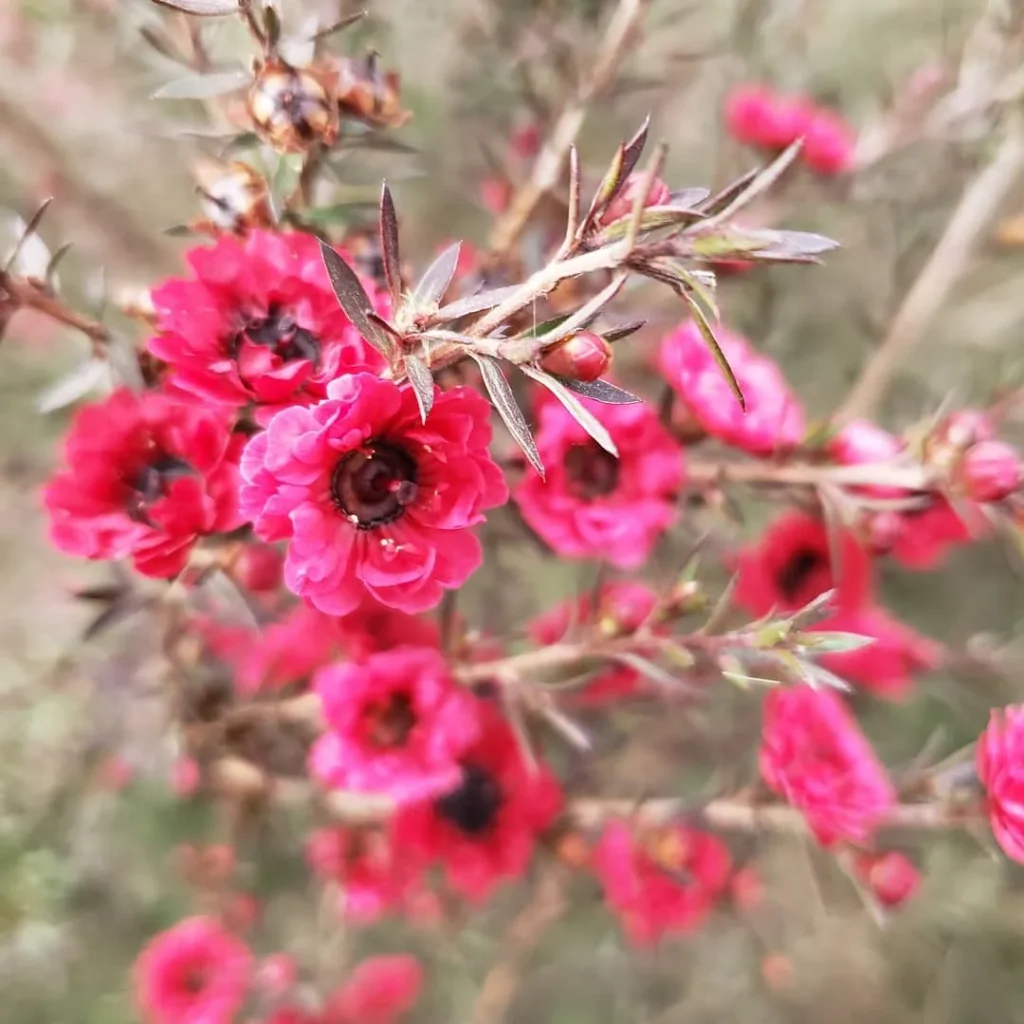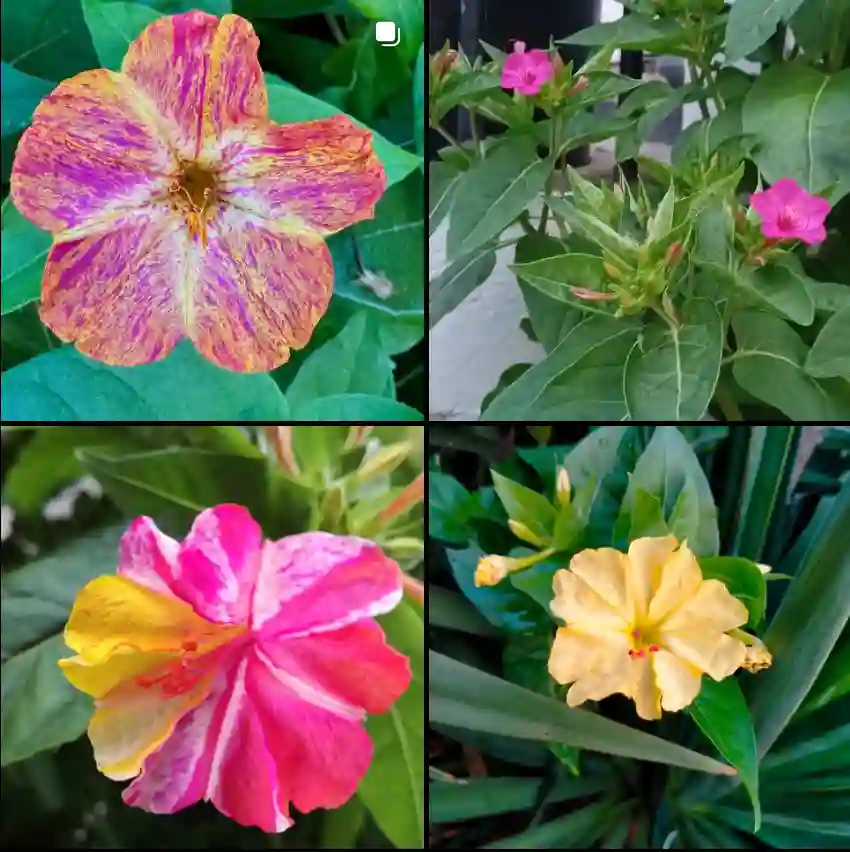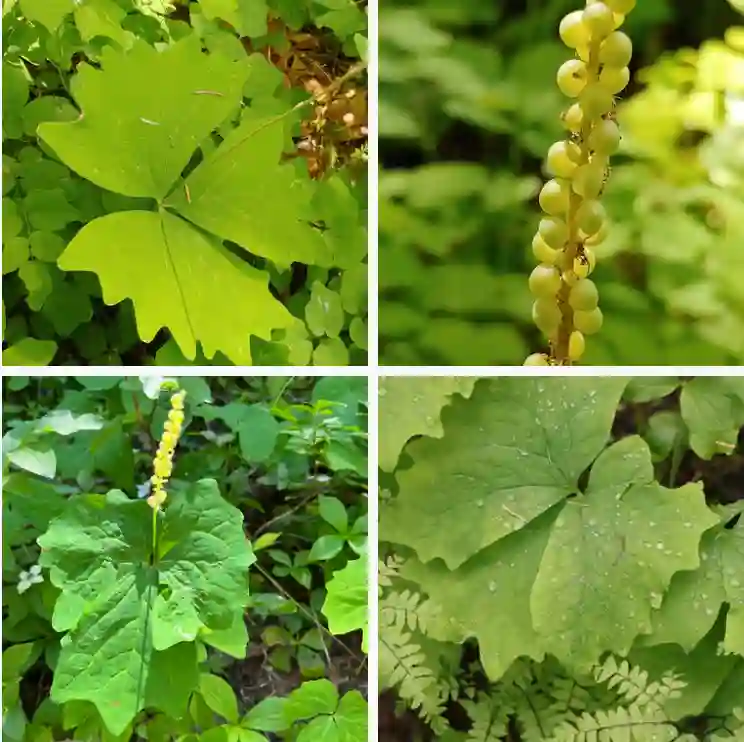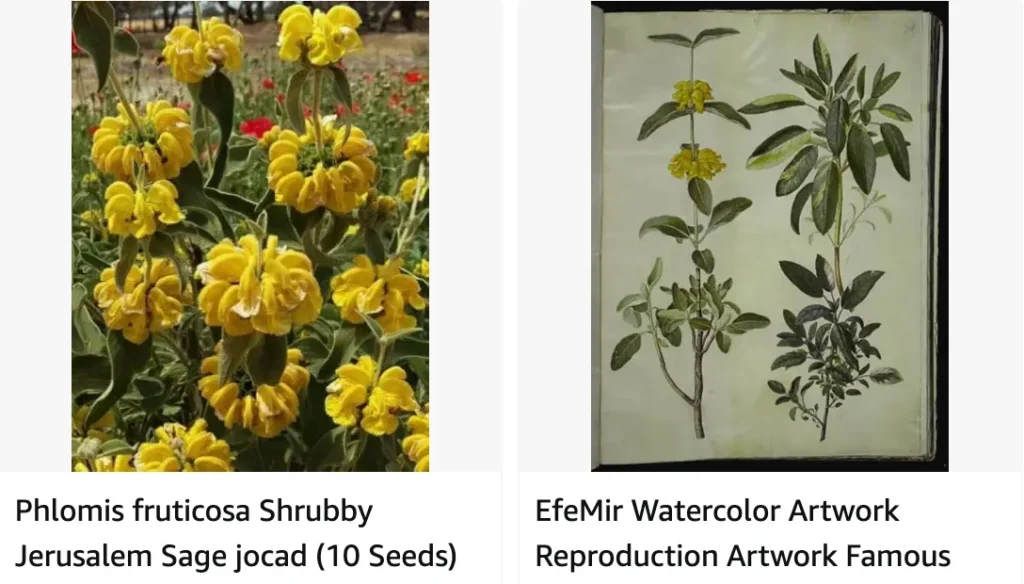
A Gardener’s Guide to the Alluring Phlomis Fruticosa
The Phlomis fruticosa, also known as Jerusalem Sage, has become a mainstay in my garden. This captivating shrub boasts not only stunning yellow hooded flowers but also an architectural presence that elevates any landscape. But beyond its aesthetics, Phlomis fruticosa is surprisingly low-maintenance, making it a perfect choice for busy gardeners like myself.
Over the years, I’ve learned a great deal about caring for this little gem, and I’m eager to share my experiences with you. In this guide, we’ll delve into everything you need to know to cultivate a thriving Phlomis fruticosa in your own garden.
116 Species in Genus Phlomis
Phlomis Fruticosa vs Russeliana
I’ve grown Phlomis fruticosa in my garden, and I love how its bright yellow blooms stand out against its grey-green leaves. The plant’s resilience to drought and heat makes it a reliable choice for my sunny spots.
On the other hand, I’ve also tried Phlomis russeliana, which has a more subdued, almost earthy color palette with its lavender flowers. I find its softer appearance adds a nice contrast to the more vibrant Phlomis fruticosa. The russeliana’s more compact growth habit has worked well in my garden’s more confined spaces.
How to plant Phlomis Fruticosa?
When it comes to planting Phlomis fruticosa, choosing the right location is key. This sun-worshipping shrub thrives in areas bathed in at least six hours of direct sunlight daily. Well-drained soil is another crucial factor. Phlomis fruticosa isn’t a fan of soggy feet, so ensure the planting site allows for proper drainage.
Amending the soil with some compost before planting is beneficial, but not entirely necessary. Phlomis fruticosa is quite adaptable to various soil conditions, as long as drainage is adequate. Once you’ve selected the perfect spot, dig a hole slightly larger than the root ball of your plant. Gently place the Phlomis fruticosa in the hole, ensuring the root crown sits level with the surrounding soil. Backfill the hole and water thoroughly to settle the soil around the roots.
How Often to Water Phlomis fruticosa?
Phlomis fruticosa is a surprisingly drought-tolerant shrub. Once established, it requires minimal supplemental watering. During extended dry periods, particularly in the first year after planting, providing occasional deep watering will help the plant thrive. However, avoid overwatering, as this can lead to root rot.
A simple rule of thumb I follow is to water deeply when the top inch of soil feels dry to the touch. During the cooler months, watering frequency will naturally decrease. Remember, underwatering is far less detrimental than overwatering for Phlomis fruticosa.
Do Deer Eat Phlomis Fruticosa Nana?
One of the many reasons I adore Phlomis fruticosa is its resistance to deer. These browsing herbivores tend to leave this shrub well alone.
The good news extends to the dwarf cultivar, Phlomis fruticosa Nana. This compact version retains the deer-resistant qualities of its larger counterpart, making it a fantastic option for gardens susceptible to deer problems.
Pruning for a Fuller, Bushier Plant
While not essential, occasional pruning can encourage bushier growth and promote more prolific flowering. The ideal time to prune Phlomis fruticosa is in late winter or early spring before new growth emerges. Simply remove any spent flower stalks and lightly trim back leggy stems to maintain a desired shape. Don’t be afraid to prune more heavily if your shrub has become overgrown. Phlomis fruticosa is quite forgiving and will bounce back beautifully.
Companion Planting: Creating a Harmonious Garden Tapestry
Phlomis fruticosa pairs exceptionally well with a variety of plants. Here are a few of my favorites for creating a stunning garden composition:
- Lavender: The combination of Phlomis fruticosa’s vibrant yellow flowers with lavender’s fragrant purple blooms creates a striking and visually pleasing contrast.
- Catmint (Nepeta): The soft blue flowers of Nepeta provide a calming counterpoint to the bolder yellow of Phlomis fruticosa.
- Russian Sage (Perovskia atriplicifolia): Both Phlomis fruticosa and Russian Sage share a similar architectural form and bloom time, making them natural companions in the garden. Their contrasting flower colors, yellow and violet-blue, respectively, create a dynamic display.
Conclusion: The Allure of Phlomis Fruticosa
With its captivating blooms, architectural presence, and low-maintenance nature, Phlomis fruticosa is a true gem for any garden. From its deer resistance to its versatility in companion planting, this shrub offers a multitude of benefits. So, if you’re seeking a plant that adds a touch of sunshine and architectural interest to your landscape, look no further than the alluring Phlomis fruticosa.
If i die, water my plants!
